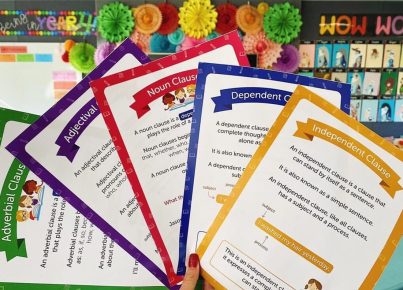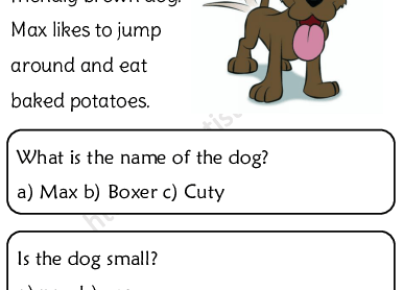In the educational landscape, developing a student’s ability to grasp and interpret meaning beyond the explicit details of a text—known as inferential comprehension—is crucial for deep, critical thinking and understanding. Combining visuals with teaching strategies can be an innovative way to enhance this skillset in learners of all ages.
Visuals are a potent tool in fostering inferential comprehension as they allow for immediate engagement and provide a concrete basis from which students can deduce or make inferences. By integrating images, diagrams, charts, and other forms of visual media, educators can encourage learners to connect with material non-verbally, drawing on their prior knowledge and experiences to fill in gaps left by the visuals themselves.
The infusion of visuals into teaching methods serves several purposes in developing inferential abilities:
1. Contextual Clues: Visuals often depict scenarios that provide context clues. Students must decode these cues to understand the broader narrative or concept that is not immediately evident from the imagery alone.
2. Prediction Skills: Presenting students with a sequence of images without text allows them to predict what might happen next or what the overarching theme or message might be. This exercise helps develop critical thinking skills.
3. Emotional Engagement: Images can often convey emotions more directly than words. Students interpreting these emotions must make inferences about character motivations and probable outcomes based on these emotional cues.
4. Cultural Literacy: Using visuals from different cultures and epochs can prompt students to research and infer information about historical periods, geography, societal norms, and more—broadening their cultural literacy and global understanding.
To effectively utilize visuals for developing inferential comprehension, consider these strategies:
– Pre-Reading Visual Exploration: Before introducing text, have students analyze relevant images to predict what they may learn or read about. This activates prior knowledge and sets a purpose for reading.
– Interactive Visual Aids: Pair written descriptions with diagrams or charts that require interpretation. For example, when learning scientific concepts, interactive infographics can help students infer how different variables may affect an outcome.
– Visual Prompts for Discussion & Writing: Use paintings or photographs as writing prompts that compel students to describe what they see and infer what it signifies within a broader context or story.
– Socratic Seminars with Art: Encourage open-ended discussions around artwork that asks participants to interpret meaning, consider different perspectives, and support their viewpoints with evidence—key components of inference-making.
In conclusion, by carefully selecting visuals that align with curricular goals and stimulate inference-making processes, educators can significantly enhance inferential comprehension skills in their students. These skills are foundational for literacy development across all content areas and critical for student success inside and outside the classroom.





